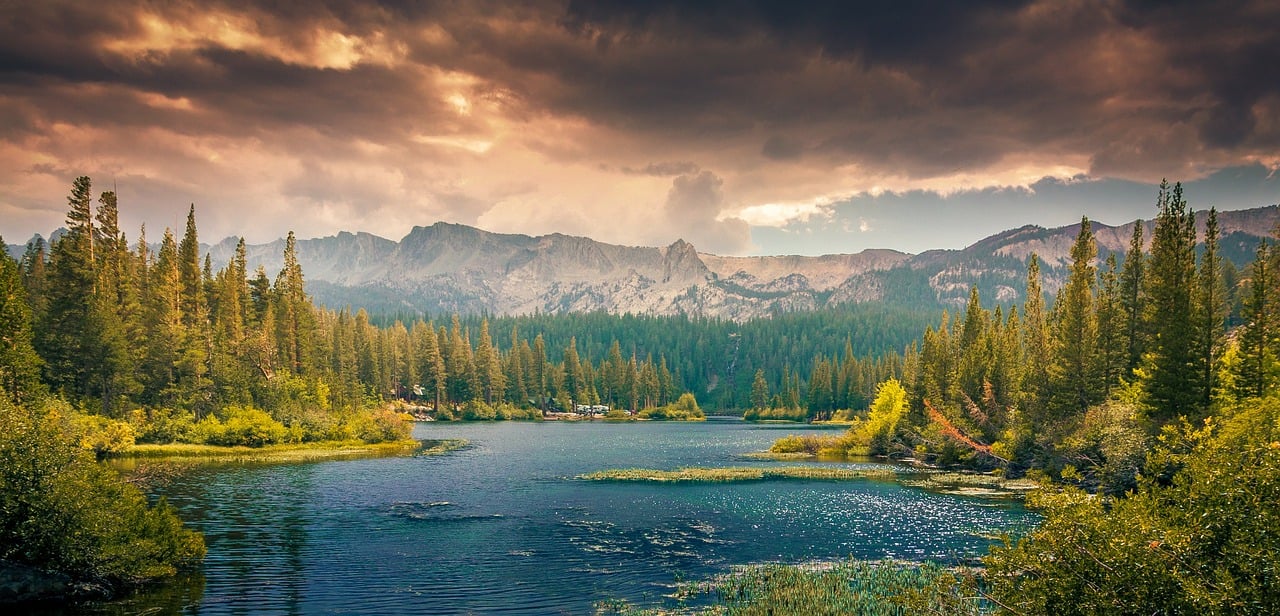According to NOAA, this could be an “unprecedented” flood season. Two-thirds of the U.S. will have a heightened flood risk until May, with 200 million people at risk.
Water from the Midwest floods will move downstream, threatening communities in the Mississippi River, lower Ohio River, Tennessee River and Great Lakes basins. NOAA forecasts estimate that other parts of the country, including California, Nevada and the eastern U.S. could see flooding as well. Climate change is making flooding more frequent and severe — the U.S. could see a 400 percent increase in extreme downpours by the end of this century.
Q4 hedge fund letters, conference, scoops etc
Comments from experts:
American Rivers staff are experts in river management, flood protection and multi-benefit solutions that work for people and nature.
Bob Irvin, President and CEO
“We need new strategies, including giving rivers room and moving people out of harm’s way.” – Washington Post, March 21 - http://tinyurl.com/yygamoog
Eileen Shader, Director of Floodplain Restoration
“If we were to put our levee systems farther back, we’d be able to accommodate more floodwaters and there would be less breaching, and we’d be able to restore more habitat. We could end up with a healthier river.” – New York Times, March 22 - http://tinyurl.com/yxkw78xe
John Cain, Director of Conservation for California Flood Management
“Levees and dams only work up to a point, and when they fail, they fail catastrophically, like Katrina.” – USA Today, March 20 - http://tinyurl.com/yyqlab93
Giving rivers room
We need to make room for flood waters, allowing them to spread out on the floodplain. Levee setbacks are a cost effective solution for improving flood risk management. One example: the Army Corps of Engineers Omaha District completed a project on the L-575 levee in 2010 that reconnected 760 acres of historic floodplain. The levee setback not only improved the ability of the system to accommodate flood water, but also has ecological benefits to fish and wildlife.
See: https://erdc-library.erdc.dren.mil/xmlui/bitstream/handle/11681/22736/ERDC-EL%20SR-17-3.pdf?sequence=1&isAllowed=y
Problems on the Mississippi
Illegal raises to the levee system are a serious problem in Iowa, Illinois and Missouri. These actions by agricultural and drainage districts are cutting the Mississippi River off from more than 170,000 acres of floodplain, increasing flood risk for communities and degrading vital fish and wildlife habitat. Eighty miles of levees between Muscatine, Iowa, and Hamburg, Illinois have been raised without obtaining the required state or federal approvals or complying with state and federal laws designed to protect people and the environment. State and federal agencies need to enforce laws that prohibit reckless raising of levees and prioritize use of natural and nature-based flood protection solutions.
Solutions in California's Central Valley
Instead of relying on traditional approaches such as building larger and higher levees, the region’s new flood protection plan recognizes that by strategically expanding floodplains, floodways and flood bypasses, we can reduce flood risk to people and property while providing a host of additional benefits including fish and wildlife habitat. The plan is exemplary because it takes into account the impacts of climate change. It benefits over one million Californians and $70 billion in homes, businesses and infrastructure, and is a model for other watersheds nationwide.
More information and case studies:
Natural Defenses: Safeguarding Communities From Floods - https://www.americanrivers.org/conservation-resource/natural-defenses-safeguarding-communities-floods/
Reconnecting Rivers to Floodplains: Returning natural functions to restore rivers and benefit communities - https://www.americanrivers.org/conservation-resource/reconnecting-floodplains/
Natural Security: How Sustainable Strategies are Preparing Communities for a Changing Climate - https://www.americanrivers.org/conservation-resource/natural-security/
Getting Climate Smart: A Water Preparedness Guide for State Action - https://www.americanrivers.org/conservation-resource/getting-climate-smart/
Weathering Change: Policy Reforms that Save Money and Make Communities Safer
https://www.americanrivers.org/conservation-resource/weathering-change/
About American Rivers
American Rivers believes every community in our country should have clean water and a healthy river. Since 1973, we have been protecting wild rivers, restoring damaged rivers and conserving clean water for people and nature. With headquarters in Washington, D.C., and offices across the country, we are the most effective river conservation organization in the United States, delivering solutions that will last for generations to come. www.AmericanRivers.org





